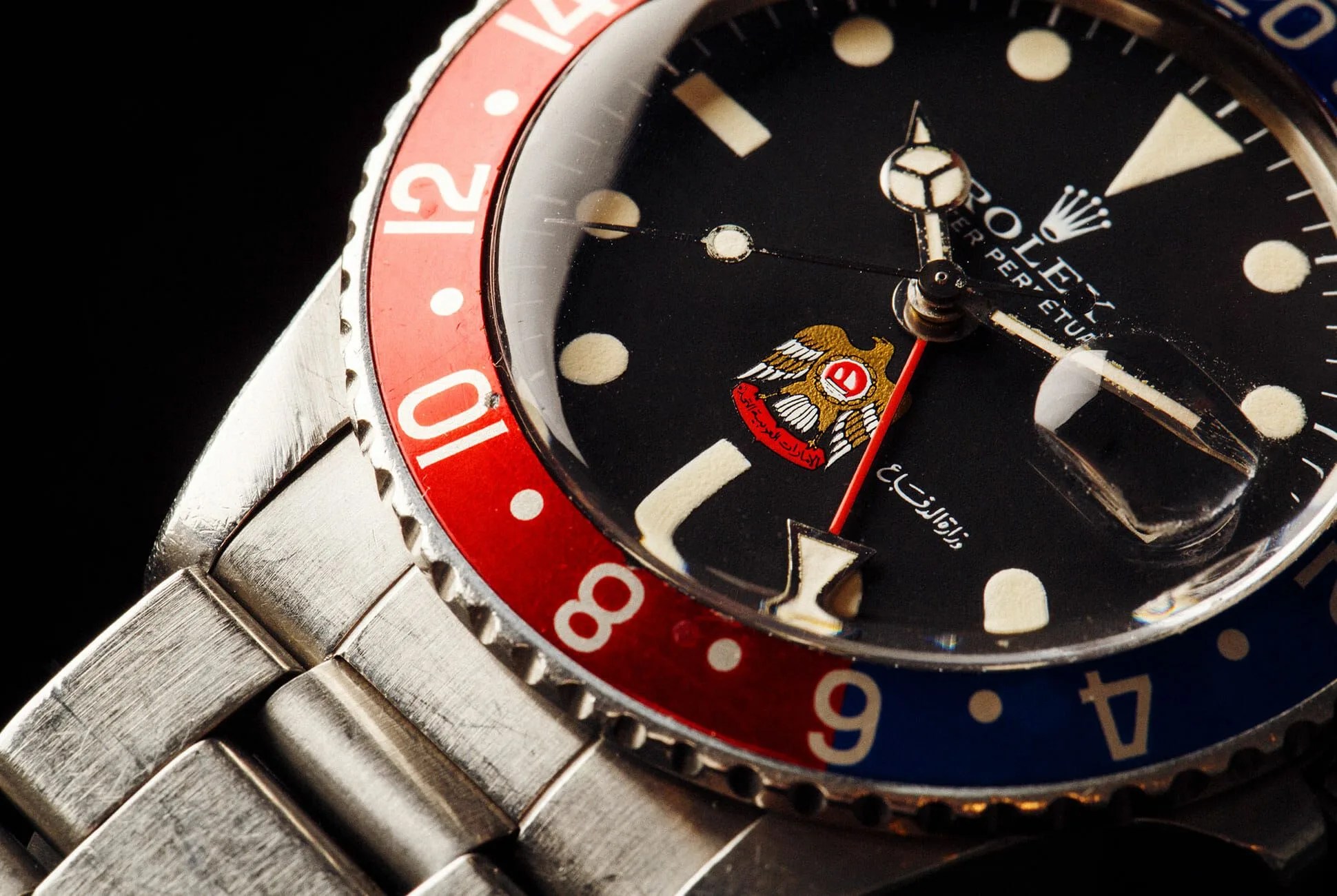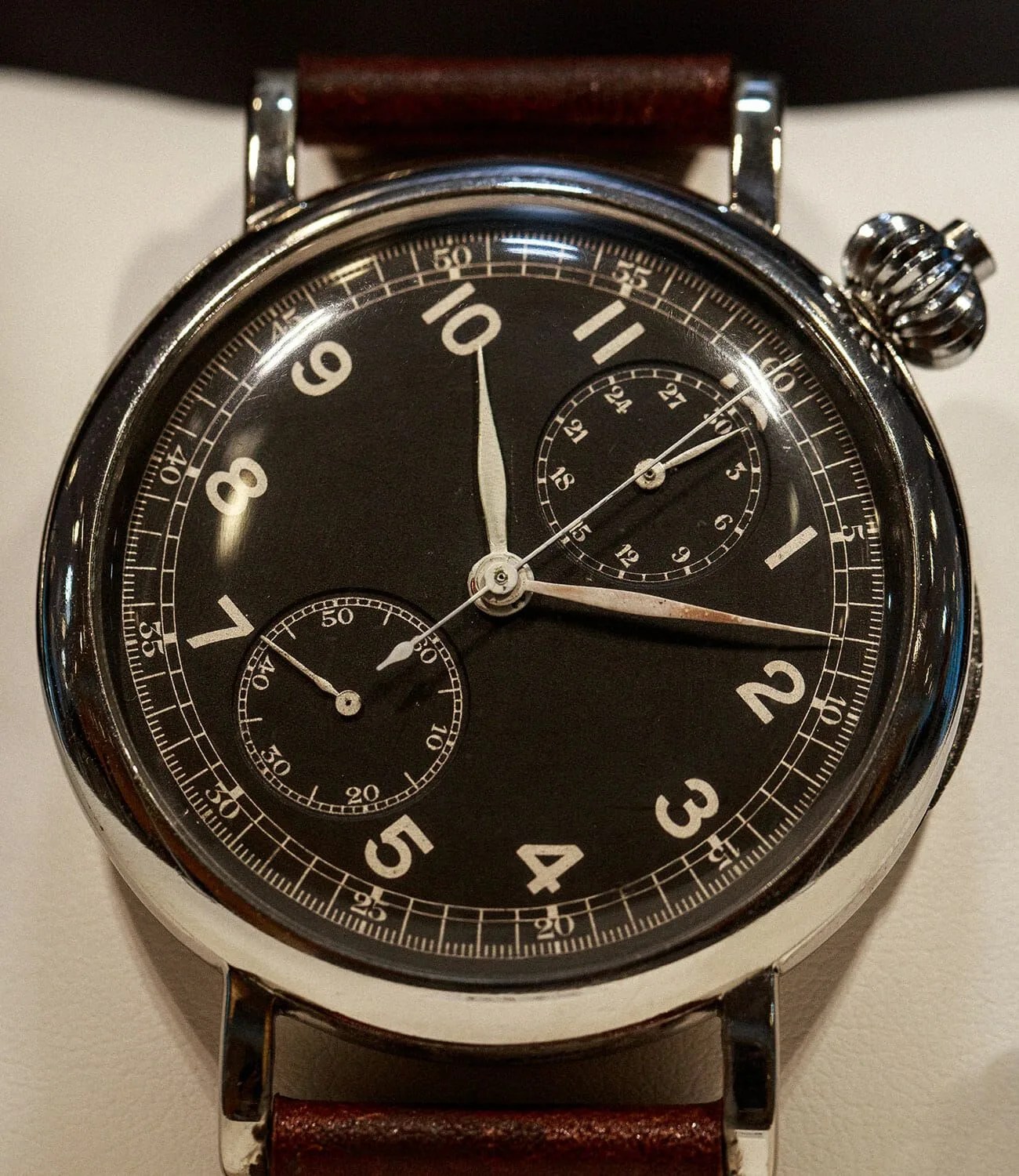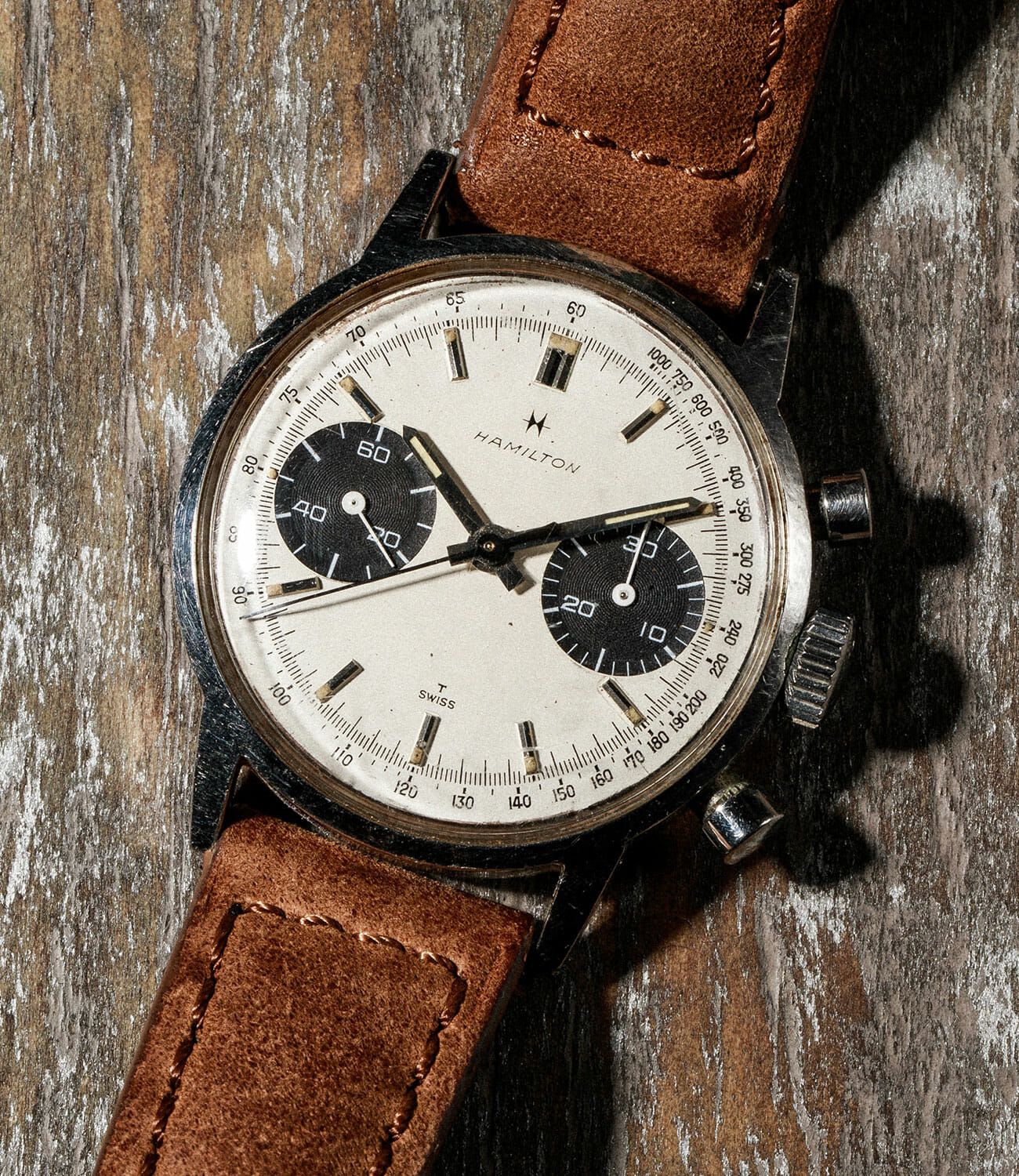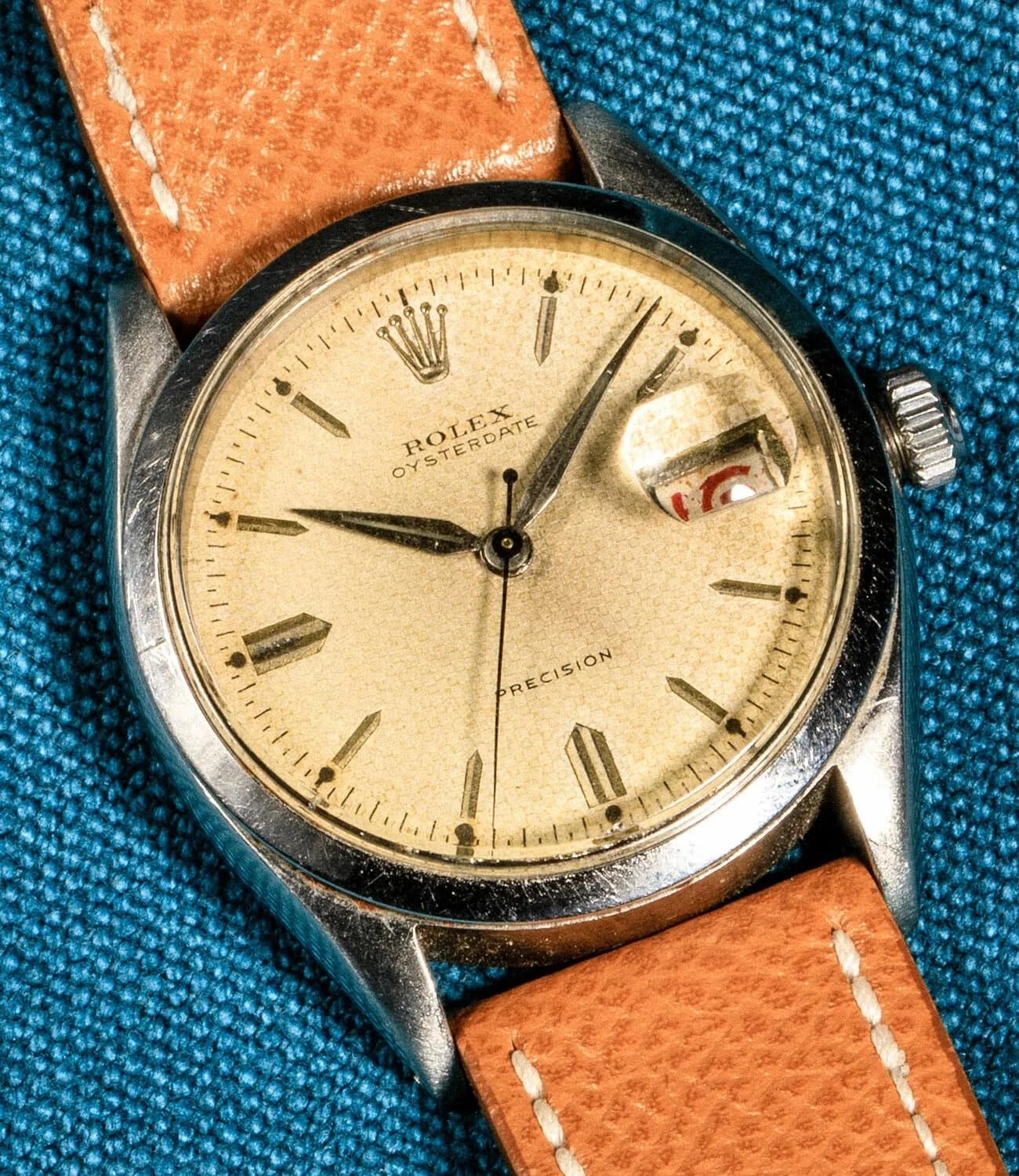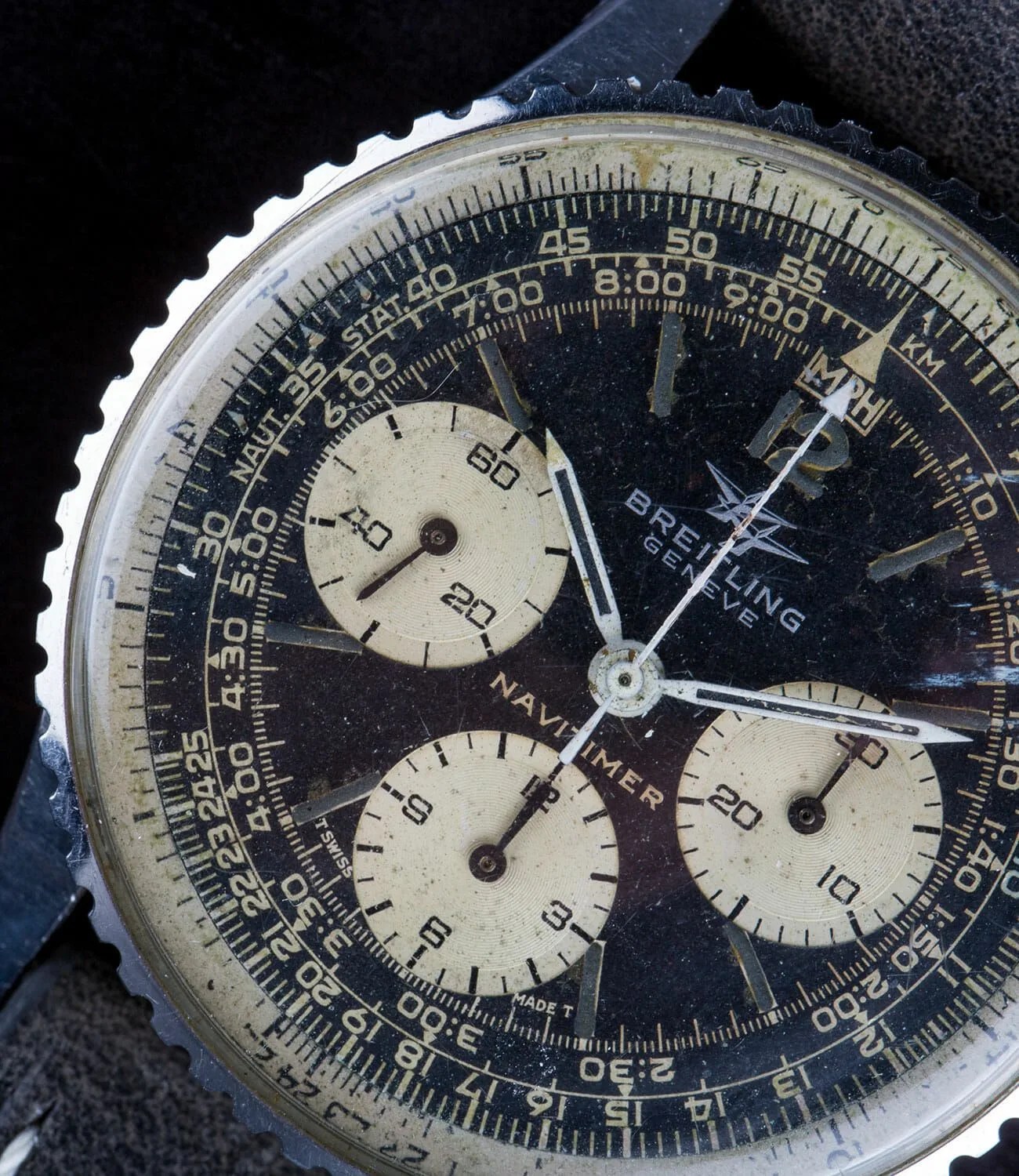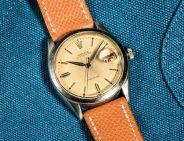There’s no denying that vintage watches are an endless source of fascination to watch collectors. Most of them predate the quartz watch era and make use of a mechanical movement (either hand-winding or self-winding) that requires some sort of interaction with the wearer. A spring stores energy and then disseminates that energy to the rest of the watch movement, which includes a series of levers, gears, jewels and other tiny parts. There’s a strange type of poetry to the whole thing that’s difficult to explain — “a little city” on the wrist is how many a watch movement has been described upon viewing.
Of course, many of these watches are also decades old and have some sort of damage, even if that damage is superficial. A discolored dial, a faded bezel. This is damage. There is no other word for it.
…or is there?
The Rise of Patina
20+ years ago, the vintage watch market, such as it was, didn’t value watches with patina, or, in other words, watches that showed their age, to nearly the same degree as it does today. James Lamdin, founder and CEO of NYC-based Analog/Shift, notes that “In the early days I was guided to ‘buy what I loved’ and not to overthink any of the financial/investment/originality angles.”
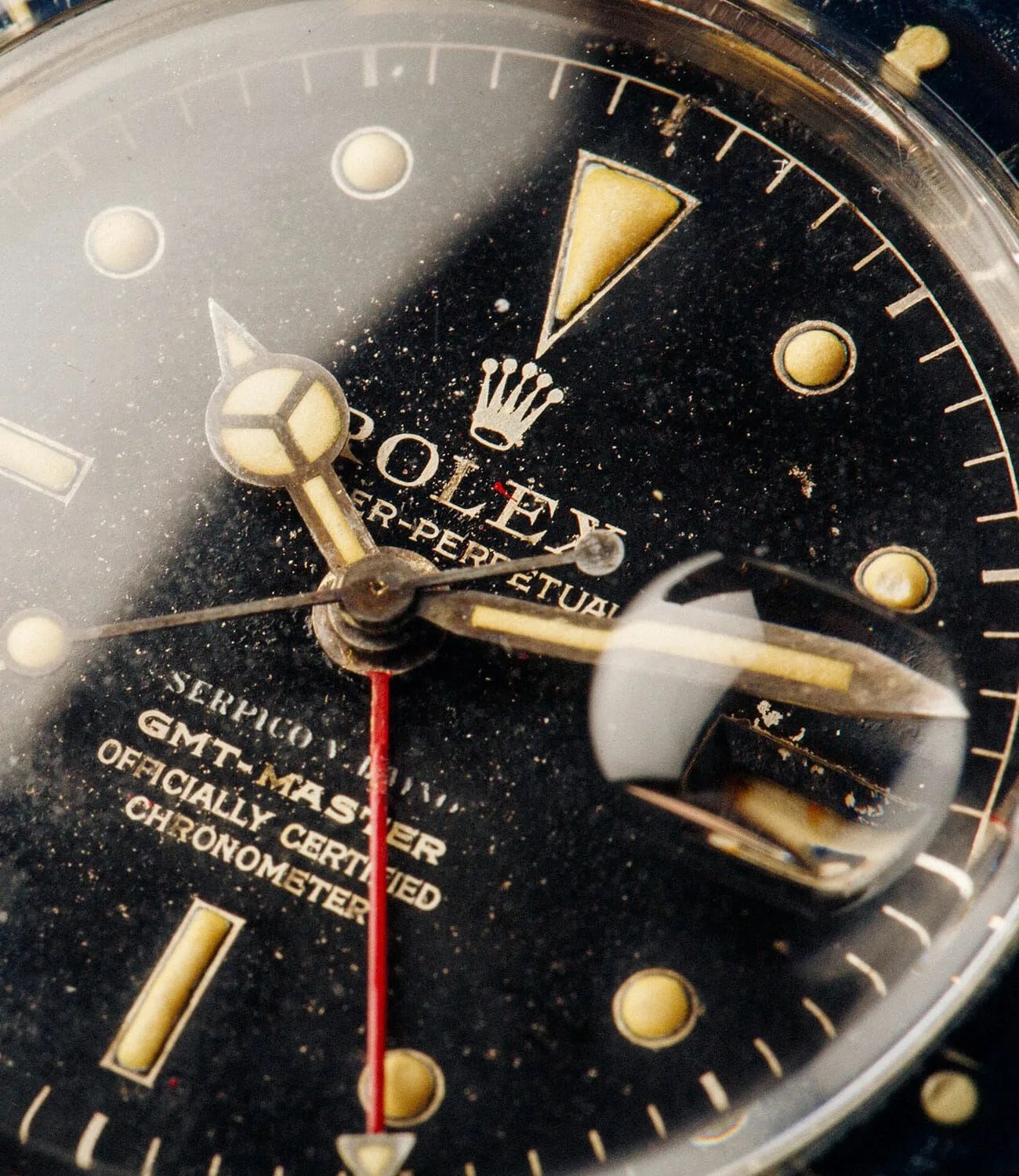
It’s a beautiful thought, and one I always hold close, but as the market has evolved and real values are now accompanying quality vintage timepieces, it is important to collect with a broader understanding of the whys/hows/and whats, and not just buy something because you like it.
